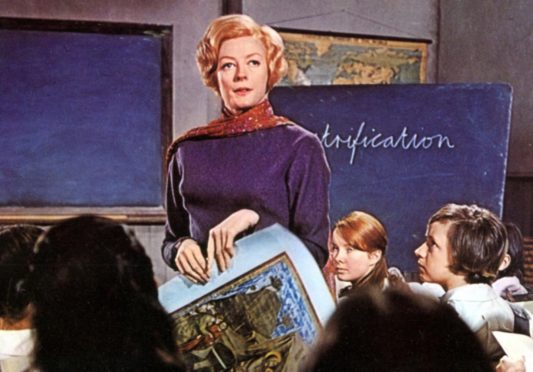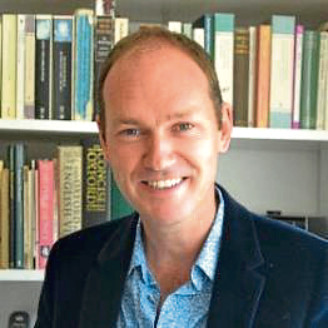
We may not realise it, but every day of our lives we’re speaking French.
Over the centuries, the language has crept into our own.
Here, Durham University French professor and author Richard Scholar tells Sally McDonald The Honest Truth about French words that pop up in English.
Why did you decide to write this book?
I speak French fluently and I also teach it. I have long been struck by how much English borrows from French. Imagine English without naïveté and caprice.
Remember Miss Jean Brodie, in the novel by the late Scots author Muriel Spark, explaining her approach to teaching young Edinburgh girls: “I am in the business of putting old heads on young shoulders, and all my pupils are the crème de la crème.” You might say that, without such borrowed treasures, the English language would lose its raison d’être…
How long did it take to research?
Around two decades, on and off. My first book was the history of a single French phrase, je-ne-sais-quoi, which means “a certain something” in people or things that we struggle to explain. Working on that phrase up close alerted me to the wider role that French words play in English. I have been wanting to write this book ever since.
Where did that research take you to, geographically?
All sorts of unexpected places! The book travels from the British Isles to the Caribbean and North America, Africa, and India. Anglo-French contact zones are found in all these regions, and it is in those zones that speakers and writers have most actively mixed French words into English.
What was your most surprising discovery along the way?
Perhaps that à la mode means “silky fabric” in Britain and “served with ice cream” in North America! But probably my most surprising discovery is of the colonial histories lurking in the French words that have turned into English. These histories start with the Norman conquest of England in 1066.
French words in English connect that history – of a colonised England – to the later history of England as coloniser in countries all over the world.
What does this mean for speakers of English today?
It largely depends, I think, on their access to French and their sense of identity. English culture is ambivalent about its many French borrowings, whereas many people in Ireland have turned to untranslated French words in English – as well as to the patterns of their native Gaelic tongue – in order to resist Anglocentric dominance. A similar attitude, shaped by the history and legacy of the Auld Alliance, is found in Scotland.
When did French words and phrases first start to seep into our language?
Around 1066 but the 17th Century saw major developments. When Charles II restored the Stuart monarchy in 1660, he brought a highly Frenchified court culture with him, and this is when the French words at the heart of the book became established in English.
How did that happen?
A fashion at court spread out into wider society. The foreign travel of wealthy British people meant that they – and their servants – came to learn French and other foreign languages.
What are the most common examples in use today?
There are so many. Mirage. Encore. Matinée. Façade. Déjà-vu. Sang-froid. Promenade. À la Mode. Naïveté. Ennui. Caprice.
Do the French borrow words from us?
They do, yes, and to a greater degree than English currently borrows from French. First, the British Empire spread English across the world, then the US entrenched it as a global lingua franca, meaning that the French can now talk of le business on their smartphone during the week and then meet up for jogging at le weekend. Anglicisms in French with more old-world charm include le gentleman who never fails to remove his redingote (riding-coat) for le five-o’clock (afternoon tea).
Émigrés, Richard Scholar, Princeton University Press

Enjoy the convenience of having The Sunday Post delivered as a digital ePaper straight to your smartphone, tablet or computer.
Subscribe for only £5.49 a month and enjoy all the benefits of the printed paper as a digital replica.
Subscribe